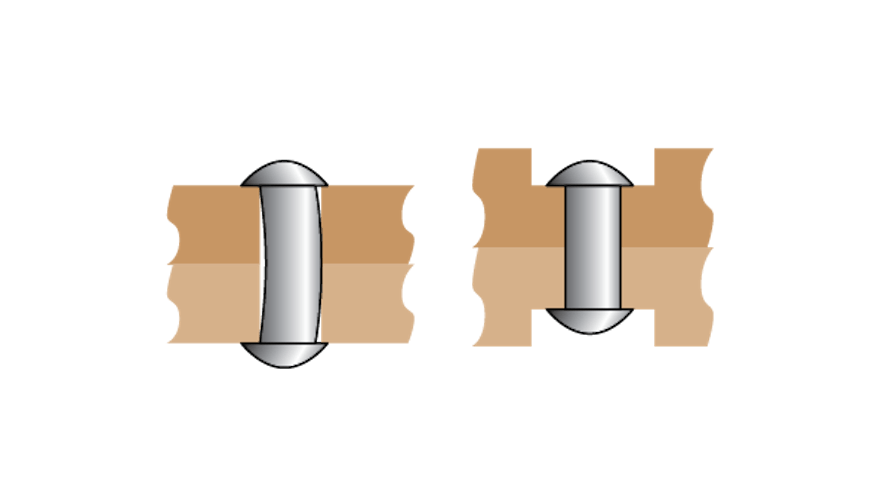Rivets are a simple, inexpensive way to permanently attach parts. They are well suited to automated assembly and their cost is low because they are made on automated high-speed heading machines in large quantities and there is little scrap. But some engineers believe that if you simply install them, they will work. But if engineers choose the wrong rivets or install them improperly, the advantages of low cost and rapid assembly go right out the window.
Here’s a look at three factors that influence rivet performance: shank length and diameter, location and hole, and workpiece preparation.
